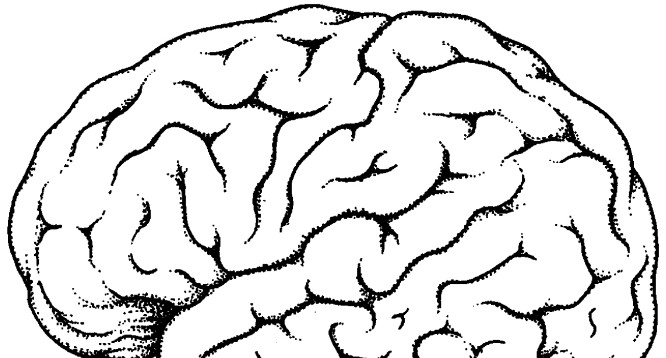“Ten years ago, we struggled to find 10 machine learning-based business applications. Now we struggle to find 10 that don’t use it”. I came across this quotation from Alexander Linden of Gartner and found it very valid. My goal here is to identify a few real-world applications that have resulted in tangible and sizable benefits from Machine Learning (ML). My criteria has been very simple, I started from a very long list of case studies and picked the ones that have generated substantial and measurable returns for their sponsors.
First I would like to touch on a couple of concepts frequently used in AI discussions.
Supervised vs. Unsupervised Learning
Supervised learning is referred to instances where the predicative model is trained based on labeled samples. As an example, an image recognition application can only be effective if it is trained using a large database of images that are correctly identified and labeled. Alternatively Unsupervised learning is referred to cases where the training is done using unlabeled samples. Instead the machine is tasked with finding common attributes in training samples and forming “cluster” of samples that Sahara common traits.
Inferential vs. Predictive Analysis
Inferential analysis uses the findings from a small population sample to predict the outcomes in a much larger population (e.g. predicting the impact of pollution control on life expectancy of a country based on measurements in one city). In contrast, predictive analysis uses data from one object or event to predict the outcome of a completely different object or event. (e.g. predicting the odds of teen pregnancy based on shopping patterns and preferences).
Now let us look at a few applications and use cases that have generated remarkable outcomes.
For starters we can point to some well-publicized applications. It is no secret that giants such as Google, Facebook, Twitter, Amazon, Apple,Salesforce.com, Netflix, Microsoft, Baidu and the likes have been using ML engines for a very long time. Some like Amazon and Google deploy ML in dozens of applications. Refining search results (by Google) or predicting the timing of the next online purchases of specific customers (by Amazon) are the obvious examples, but there are many other cases that are less publicized.
As an example, Google has applied ML to reduce the power usage of its data centers and have done so generating marvelous results. They have managed to shave off 40% of power usage in their cooling systems leading to a 15% reduction in the overall power usage of their data centers. The annual cost savings due to these savings are in hundreds of Millions of Dollars.
Natural Language Processing (NLP)
NLP heavily relies on Machine Learning and is one of the key technologies behind chatbots such as Siri (Apple), Cortana (Microsoft), and Alexa (Amazon). Speech to Text converters, realtime translators, and automated attendants use similar technologies.
Detecting Market Sentiment & Trends
Twitter is also a heavy user of ML. They are able to effectively measure and monetize the detection of market sentiments, trends, and user categories. This is done using postings, followers, and followings of members.
Face Recognition
ML has proven to be a pretty accurate when it comes to face recognition. It is able to identify objects and individuals. This application is one of the most popular ML applications and has many uses such as authentication, building security, online content classification and the likes.
Counter Terrorism
Data Analytics, Data mining, and Machine Learning are widely used in counter terrorism. Data analytics essentially helps investigators to “connect the dots” and zero in on the whereabouts of terror suspects. The pattern of emails, texts, voice calls are analyzed and conclusions are drawn on the location of sought after individuals. The most publicized case in this category lead to the finding of Osama Bin Laden. Much of the work of this search was done by a Palo Alto-based company called Palantir (www.palantir.com). The company was co-founded by Peter Thiel.
Text Analysis
This is a broad category and is widely used in a wide variety of applications in eCommerce and advertising to measure customer sentiment and demand trends. The main subcategories are Phrase Extraction, Language Translation, and Topic Detection.
Image Recognition
Used in tons of places. Self-driving cars, celebrity recognition, image classification (e.g. porn, . . .) are only a few examples. Last but not least, Optical Character Recognition (OCR) fits in this category as well.
Predictive Maintenance
Used mostly in aircrafts and heavy industrial machinery. The goal here is to determine the next likely failure and address it before it happens. Additionally this technology is used in estimating the useful life of an aircraft engine.
Fraud Detection
Next time you get a call from your credit card alerting suspicious credit card transaction, you can thank ML for it. Financial institutions have mined massive amounts of transactional data containing many forms of misuse and fraud. The information is used to train their algorithms to detect suspicious activities quickly. Ten years ago, we struggled to find 10 machine learning-based business applications.

